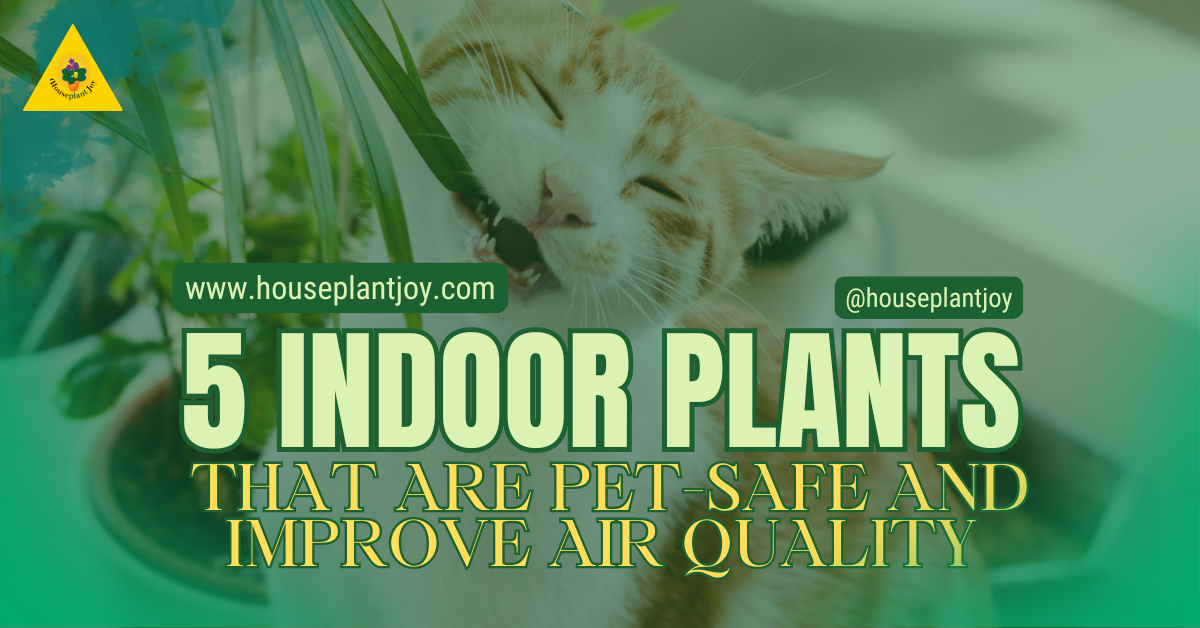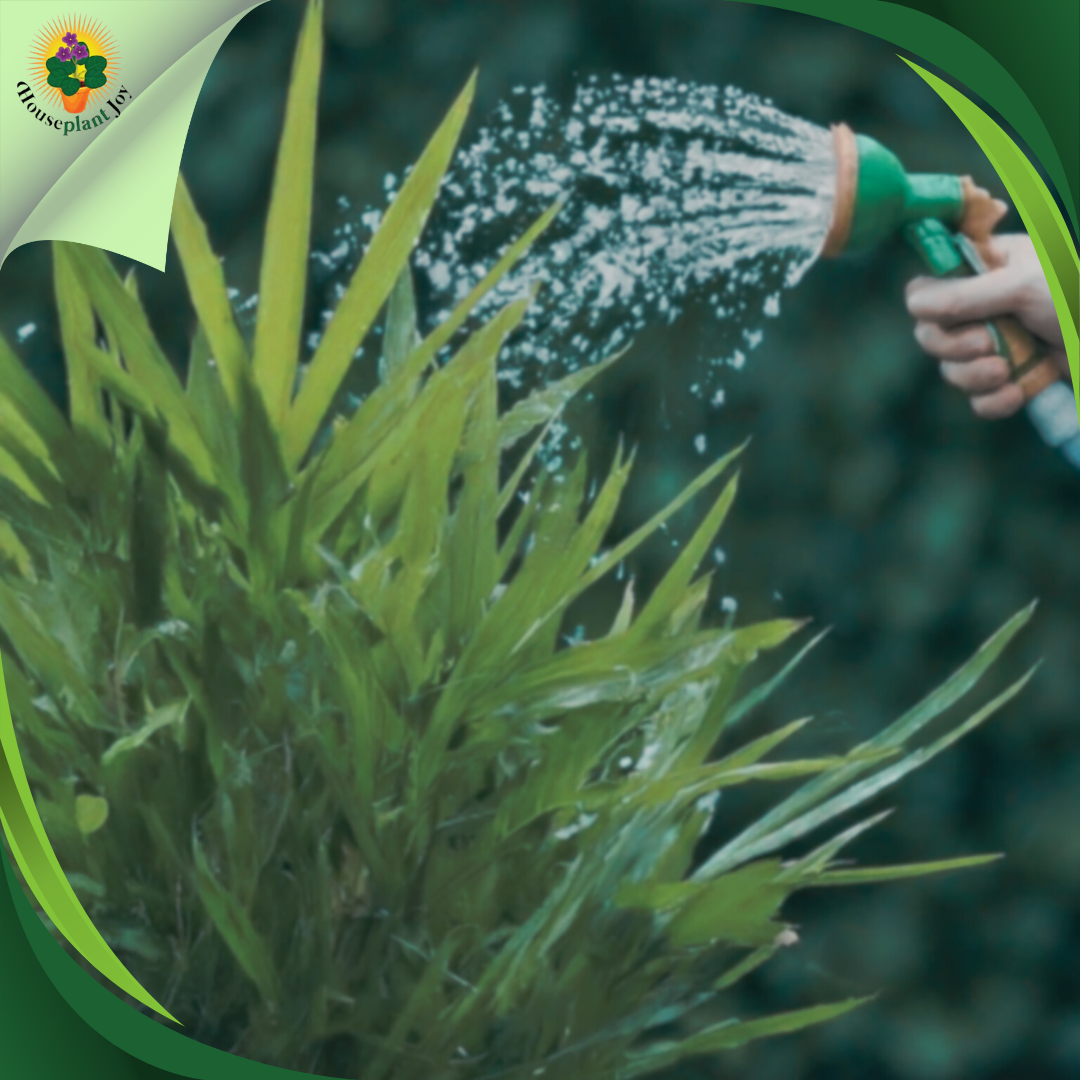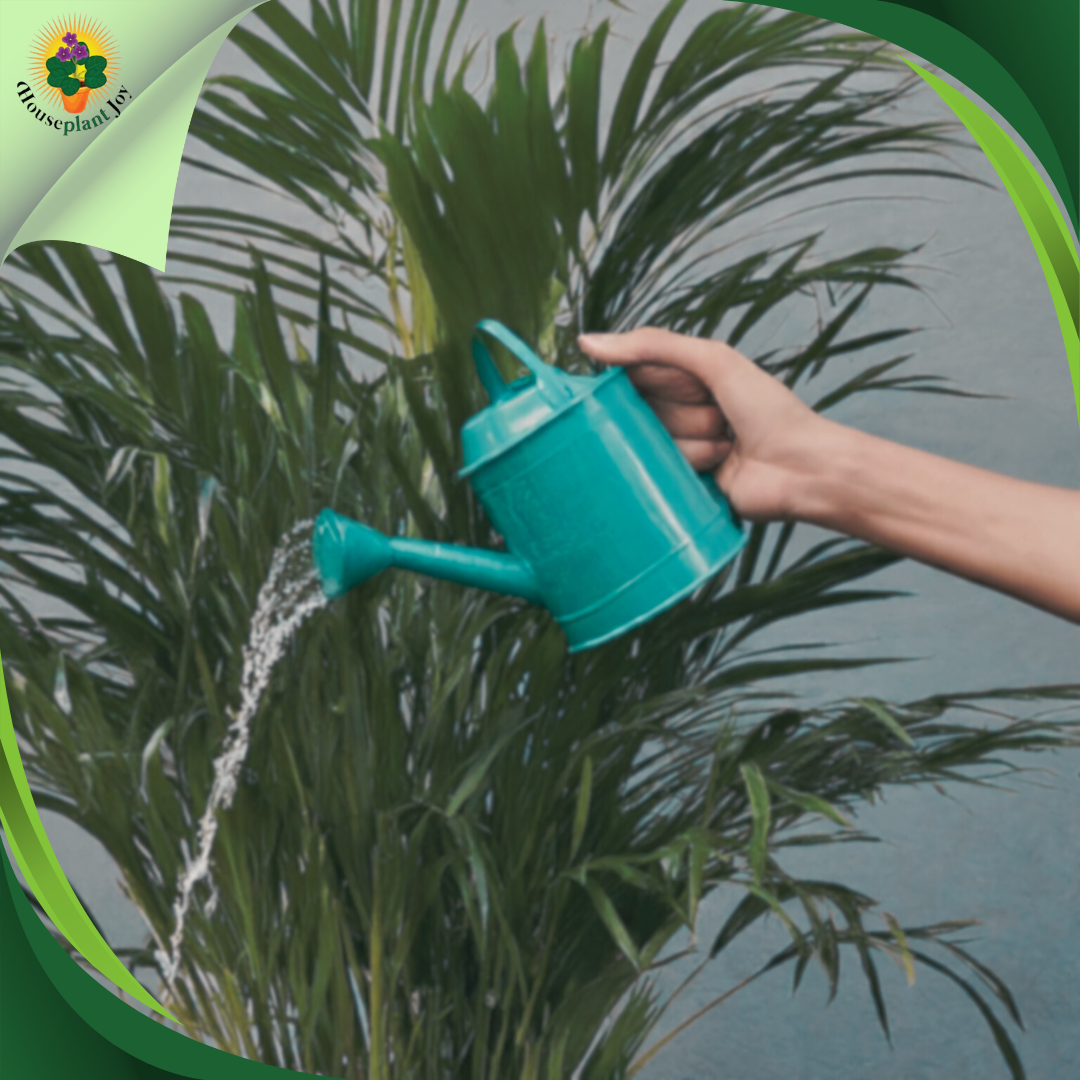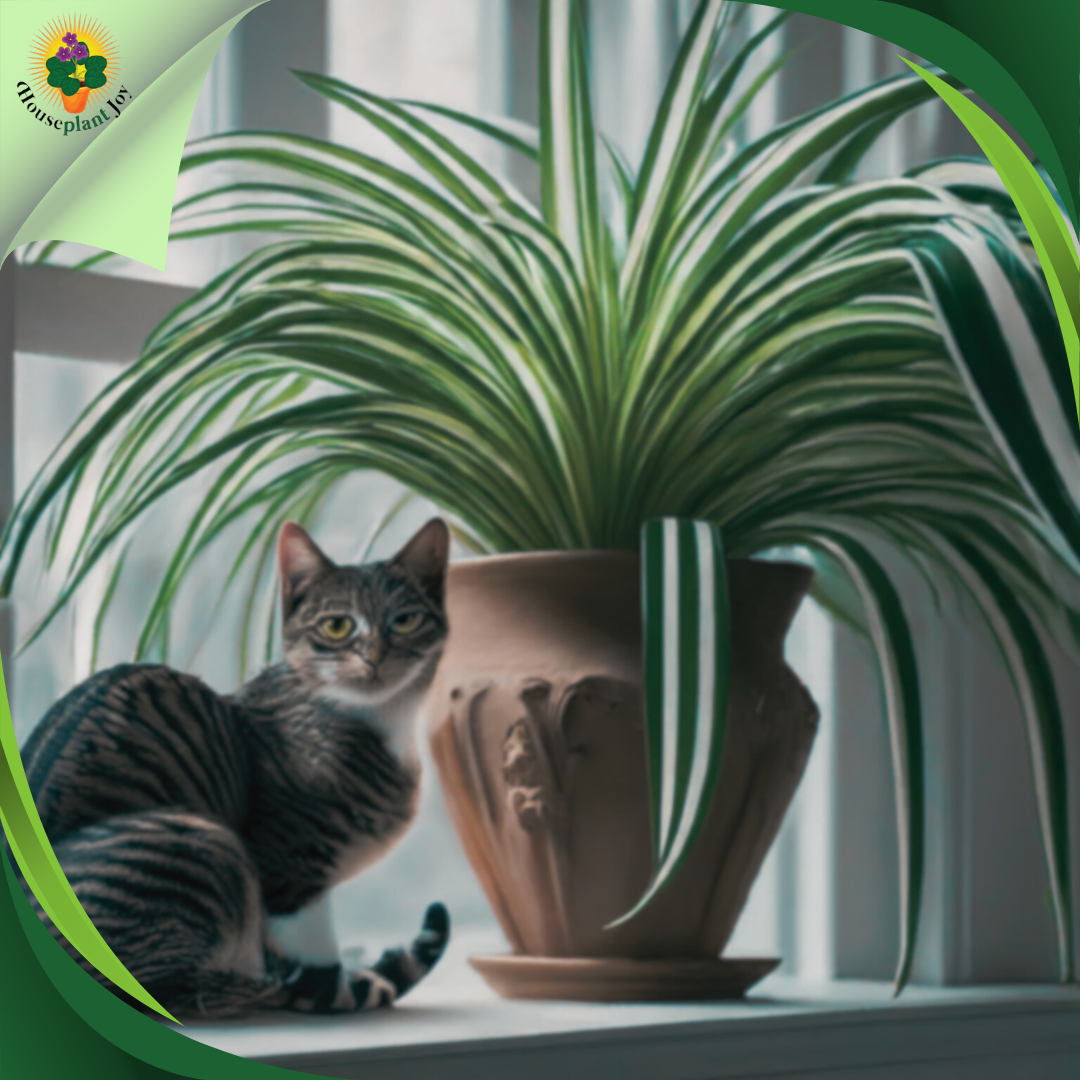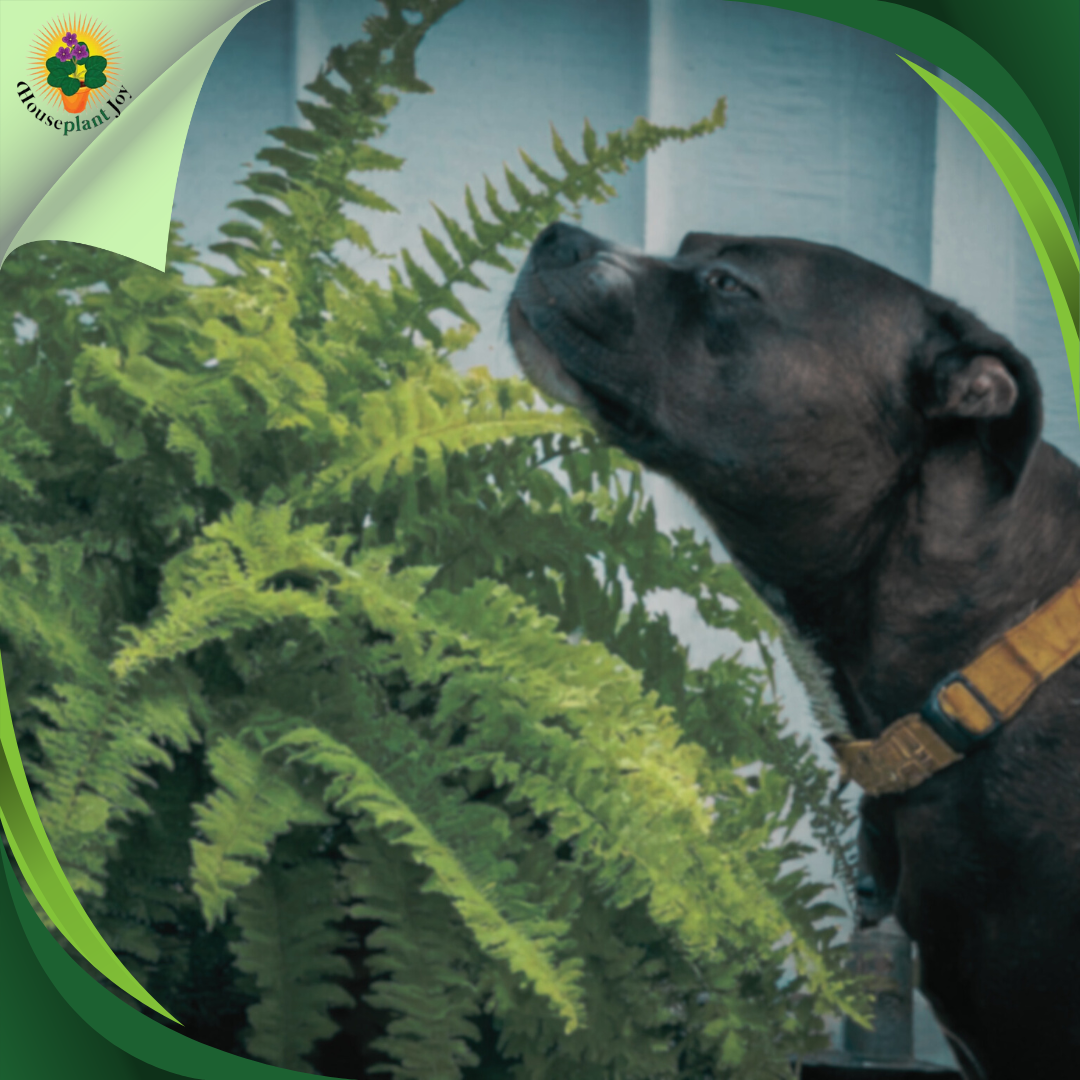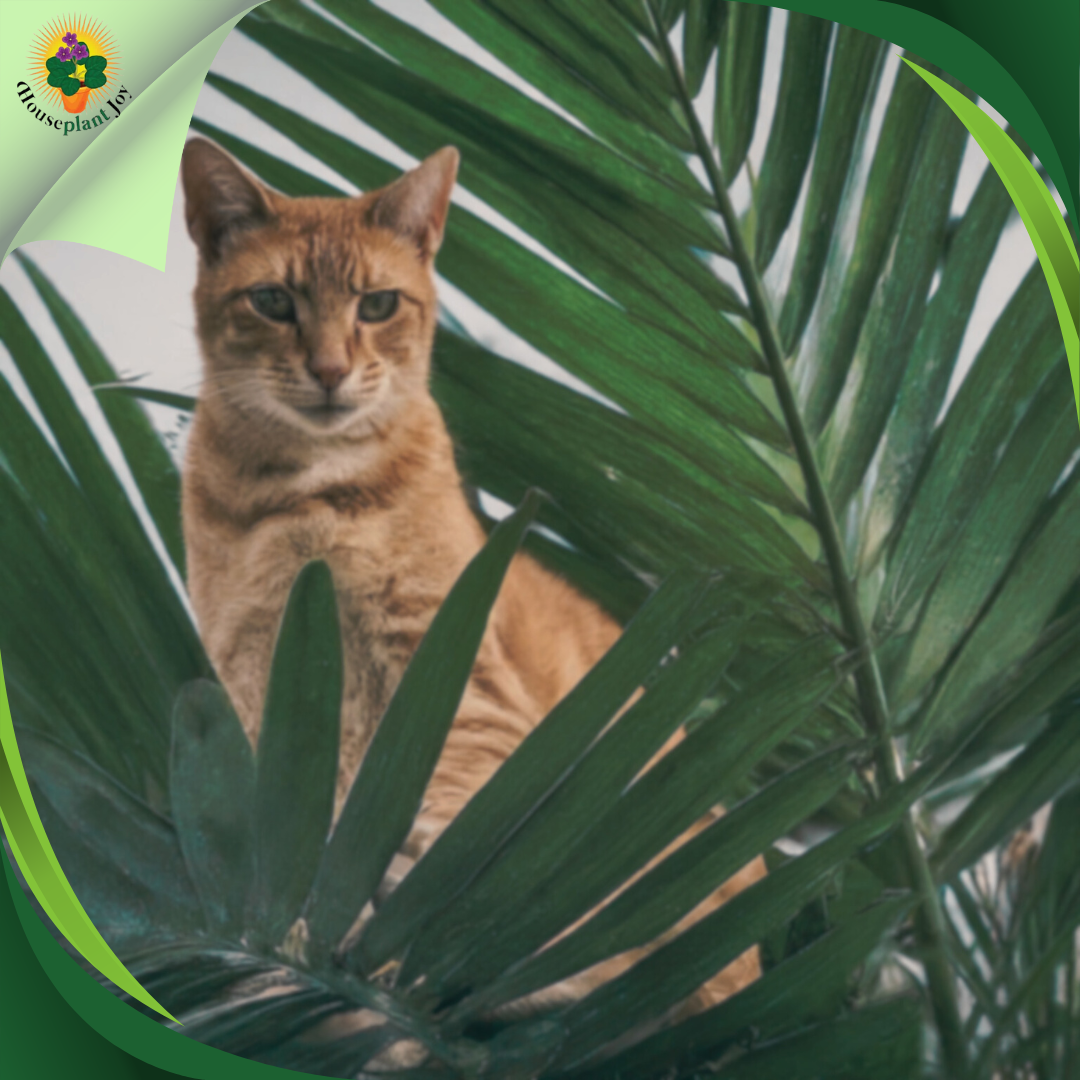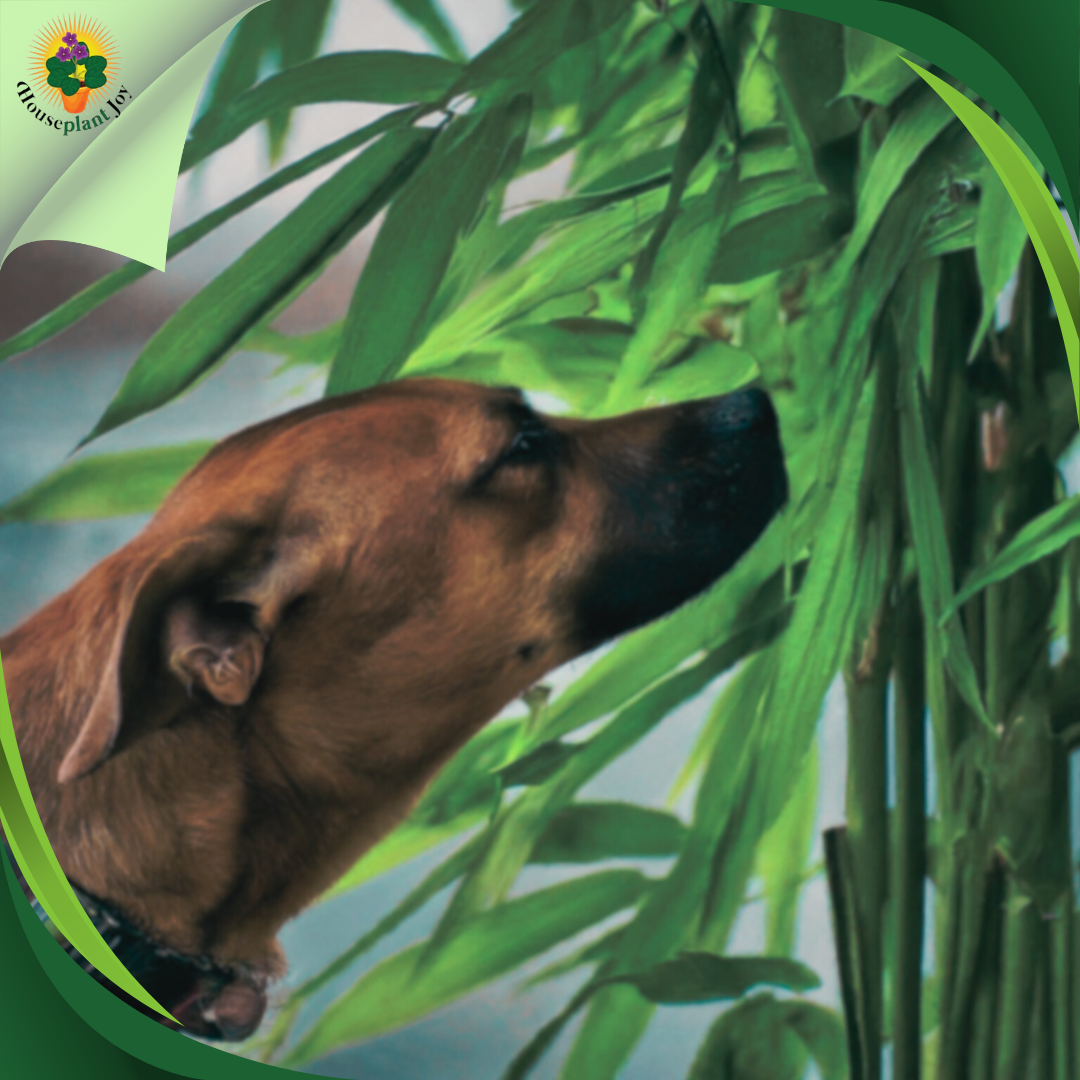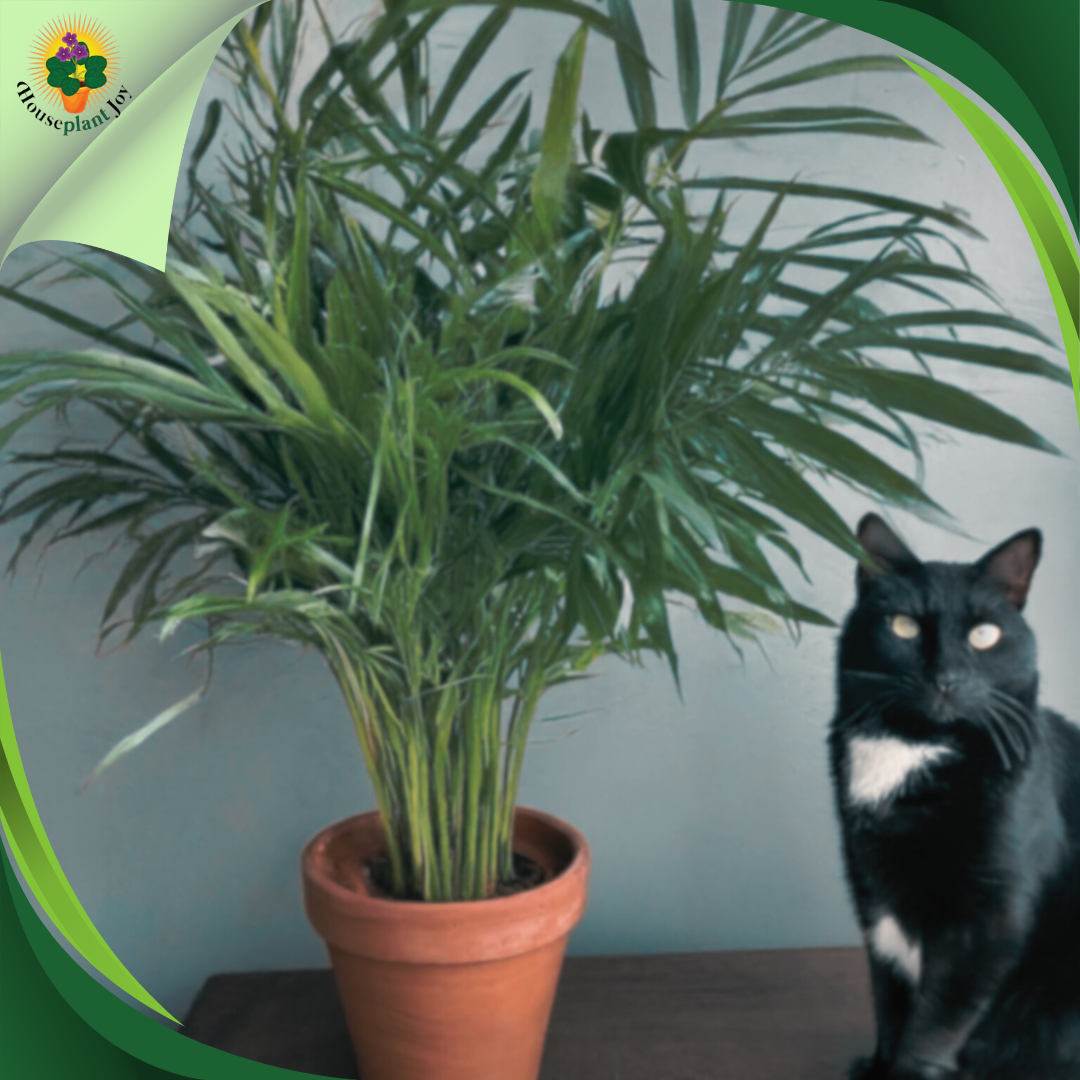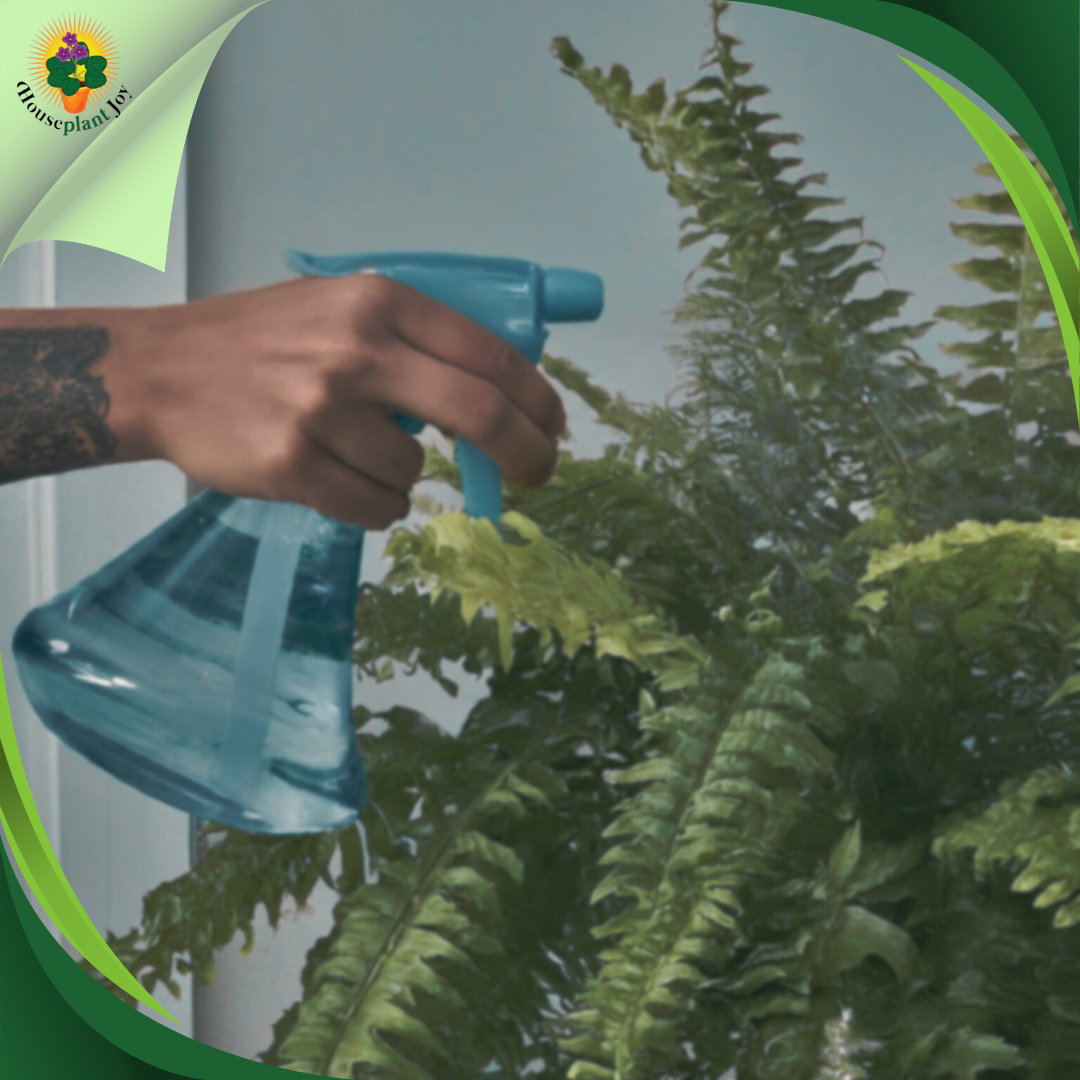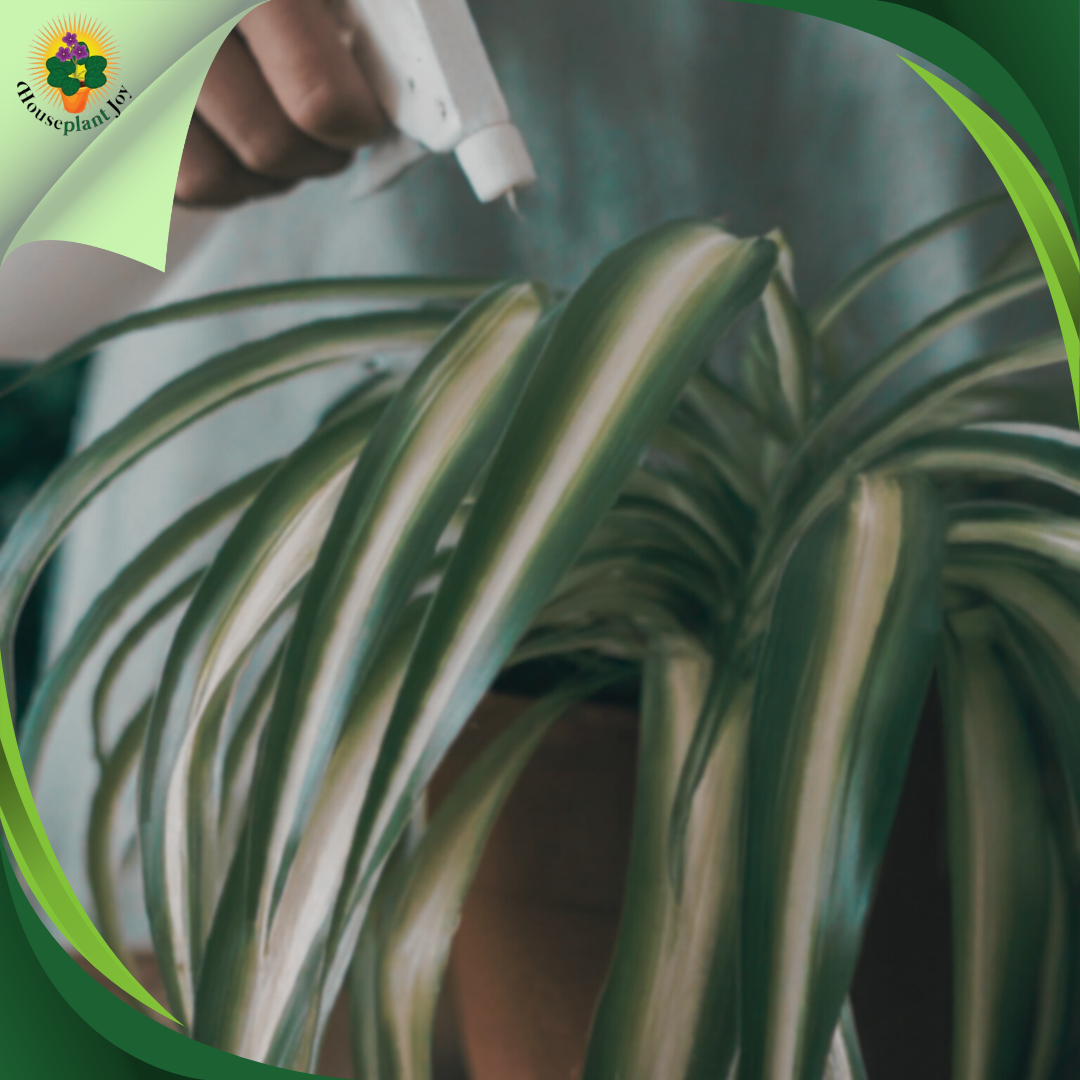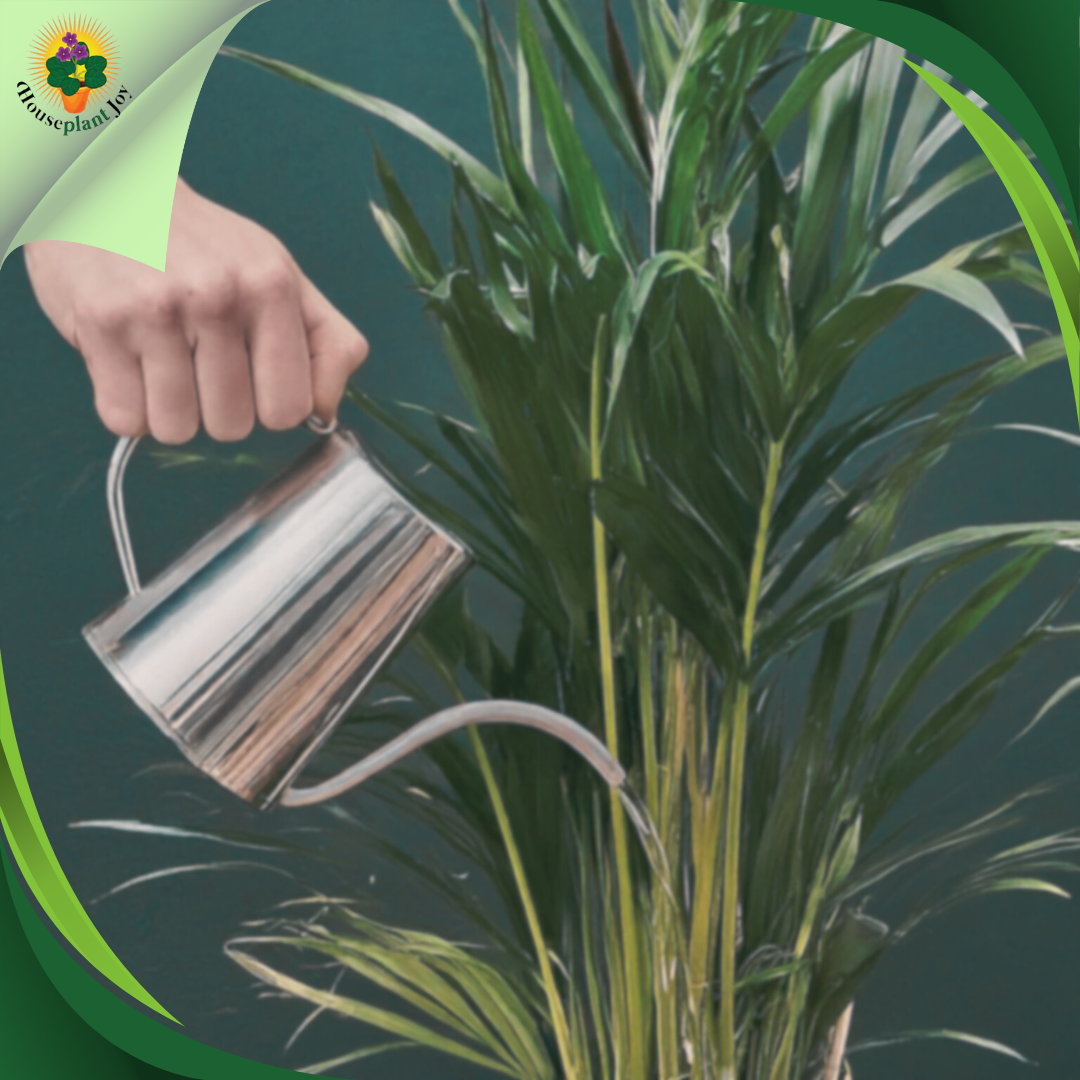HousePlantJoy is supported by our audience. When you purchase through one of our links, we may earn a small affiliate commission. As an Amazon Associate I earn from qualifying purchases. Your cost is not affected.
==================
If you’re a plant and pet lover like me, you’ve probably been in that same boat—wondering if that new plant you brought home is safe for your furry friends. It’s a constant concern, trying to create a beautiful, green space while keeping your pets out of harm’s way. But here’s some good news: you can totally green up your home without any worries! There are plenty of indoor plants that not only add a fresh, vibrant touch to your space but also improve air quality—and they’re completely pet-safe. In this guide, I’ll introduce you to five fantastic plants that will keep your home lush and your pets happy and healthy. Let’s dive in!
5 Indoor Plants That Are Safe for Pets and Improve Air Quality: Green Friends for Your Home and Furry Family
Looking for ways to freshen up your home and keep your furry friends safe? Indoor plants can do wonders for your space, but not all are pet-friendly. Certain plants can purify the air in your home while being completely safe for your cats and dogs. This means you can enjoy a greener, cleaner living environment without worrying about your pets getting sick.
We’ve picked out five amazing indoor plants that tick all the boxes. These plants are easy to care for, look great, and won’t harm your pets if they decide to take a curious nibble. Plus, they’re great at removing common indoor pollutants, helping you breathe easier.
Ready to discover which plants can make your home healthier for both you and your pets? Let’s dive in and explore these fantastic green additions that will transform your space into a pet-safe oasis.
Key Takeaways
- Air-purifying plants can improve your home’s air quality while being safe for pets.
- Choosing the right plants helps create a healthier living space for you and your furry friends.
- With proper care, these plants can thrive in your home and enhance your decor.
Understanding Air Quality and Pet Health
Poor air quality can seriously affect your pets. Dust, chemicals, and mold spores linger in the air, and since your pets are breathing it in all day, it can eventually lead to health issues. That’s where air-purifying houseplants come in. These plants naturally filter out harmful particles, making the air cleaner and safer for your furry friends.
The best part? Some of these plants are not only great for improving air quality, but they’re also non-toxic if your pets decide to take a nibble. This is especially handy if you have curious cats or dogs who like to explore with their mouths.
Cleaner air benefits your pets in several ways:
- Better breathing: Cleaner air reduces respiratory issues, keeping your pets’ lungs healthier.
- Fewer allergies: By filtering out allergens, your pets will experience less irritation and discomfort.
- Improved sleep: Fresh, clean air can lead to better rest, which is crucial for your pets’ overall well-being.
- More energy: With fewer pollutants in their system, your pets will have more energy to play and enjoy life.
By adding pet-safe, air-purifying plants to your home, you’re not just decorating—you’re actively contributing to a healthier, happier environment for your beloved companions.
The Role of Plants in Air Purification
Plants are nature’s air purifiers, continuously absorbing toxins and releasing fresh oxygen into your home. Different plants specialize in filtering out various pollutants—some are great at removing formaldehyde, while others excel at tackling benzene or trichloroethylene.
NASA conducted studies to identify the most effective air-purifying plants, and many of their top picks are also safe for pets. These hardworking plants help keep your home’s air fresh and clean, benefiting both you and your furry companions.
To maximize their air-cleaning power:
- Choose a variety of plants: Different plants filter different toxins so that a mix will cover all the bases.
- Place them throughout your home: Distribute plants in various rooms to ensure clean air everywhere.
- Keep them healthy: Regular care ensures your plants continue to thrive and purify the air effectively.
With the right selection and care, you can create a greener, cleaner environment that’s safe and refreshing for both you and your pets.
What Makes a Plant Pet-Safe?
Pet-safe plants are free of toxic parts that could harm your furry friends if ingested. Spider plants and African violets are excellent choices—they’re non-toxic, easy to care for, and add a lovely touch of greenery to your home. When selecting plants, opt for those with soft, rounded leaves and avoid varieties with sharp edges or thorns. Plants that produce milky sap should also be avoided, as the sap can irritate your pet’s skin and eyes.
Before purchasing any new plants, it’s wise to consult the ASPCA’s list of toxic and non-toxic plants. Common houseplants like lilies, aloe vera, and ivy are actually unsafe for pets. Always research thoroughly to ensure any new addition to your indoor garden is safe for your four-legged family members.
Plant Placement and Accessibility
To keep your plants safe from curious cats and dogs, place them where your pets can’t easily reach, like on high shelves or in hanging baskets. This prevents nibbling on leaves and potential messes. Choose sturdy pots that won’t tip over easily—heavy ceramic or stone pots are great options. Avoid using glass pots, which can shatter if knocked over.
It’s also smart to keep plants away from pet beds and feeding areas to reduce the chance of accidents. Even pet-safe plants can cause tummy troubles if ingested in large amounts, so keeping them out of reach is essential. For darker corners of your home, consider low-light plants like cast iron plants and snake plants. These plants thrive in less sunny spots and are tough enough to handle a bit of pet attention.
Spider Plant (Chlorophytum Comosum)
Spider plants are an ideal choice for pet owners. Not only are they non-toxic to cats and dogs, but they’re also incredibly easy to care for. Their long, arching green leaves accented by white stripes add a touch of elegance to any space.
Spider plants thrive in bright, indirect light and should be watered when the soil feels dry. They’re perfect for hanging baskets or high shelves, making them a great option for keeping out of reach of curious pets. Beyond their beauty, spider plants are excellent air purifiers, known for their ability to remove harmful chemicals from your home’s air. Plus, they produce adorable little “babies” or offshoots, which can be easily propagated into new plants, allowing you to expand your indoor garden effortlessly.
Boston Fern (Nephrolepis Exaltata)
Boston ferns are lush, green plants that add a tropical feel to any room. They’re safe for pets and great at cleaning the air. These ferns have feathery fronds that can grow quite long.
Boston ferns prefer humid environments and indirect light. Mist them regularly or place them on a tray with pebbles and water. They need consistent moisture but don’t like to be waterlogged. These plants can help increase humidity in your home, which is excellent for you and your pets during dry winter months.
Areca Palm (Dypsis Lutescens)
Areca palms are beautiful, pet-friendly plants that can grow quite tall indoors. Their feathery, arching fronds create a tropical atmosphere and are also excellent air purifiers.
They need bright, indirect light to thrive. Water them when the top inch of soil feels dry. Areca palms like high humidity, so misting or using a humidifier helps. These plants can remove toxins like formaldehyde from the air. They also add moisture to dry indoor air, which is good for you and your pets.
Bamboo Palm (Chamaedorea Seifrizii)
Bamboo palms are compact, attractive plants that are safe for pets. They have delicate, feathery leaves and can grow up to 6 feet tall indoors. These palms are great at removing indoor air pollutants. They prefer partial shade to bright, indirect light. Keep the soil consistently moist but not soggy.
Bamboo palms like humidity, so misting helps. These plants are known for removing benzene and trichloroethylene from the air. They’re perfect for creating a lush, tropical feel in your home.
Parlor Palm (Chamaedorea Elegans)
Parlor palms are small, elegant plants that are safe for pets. They have delicate arching fronds and can adapt to various light conditions, making them perfect for smaller spaces.
Parlor palms do well in low to bright indirect light. Water them when the top inch of soil is dry. They are relatively low-maintenance and don’t need high humidity. These plants are great at removing indoor air pollutants. They’re slow-growing so that they won’t outgrow their space quickly. Parlor palms add a touch of green to any room without taking up too much space.
Watering and Feeding
Water your pet-safe plants when the top inch of soil feels dry. Stick your finger in the soil to check. Don’t let plants sit in water, which can cause root rot. Different plants need different amounts of water. African violets like moist soil, while succulents prefer to dry out between waterings.
Use a balanced, water-soluble fertilizer every 2-4 weeks during the growing season. Dilute it to half-strength to avoid burning the roots. Always use clean water and empty saucers after watering. This prevents stagnant water that can attract pests.
Sunlight and Temperature
Most pet-safe indoor plants prefer bright, indirect light. Place them near a window with filtered sunlight. Spider plants and Boston ferns do well in lower light conditions. Move plants if their leaves start yellowing or browning.
Keep your plants away from cold drafts and heat sources. Most prefer temperatures between 60-75°F (15 and 24°C). Rotate your plants every few weeks. This helps them grow evenly and prevents leaning towards the light.
Common Pests and Problems
Check your plants regularly for signs of pests or disease. Look under leaves and along stems for tiny bugs or webs. Common pests include spider mites, mealybugs, and scale insects. To treat infestations, use insecticidal soap or neem oil.
Overwatering is a common problem. It can cause yellow leaves, wilting, and root rot. If you notice these signs, let the soil dry out more between waterings. Dusty leaves can block sunlight and attract pests. To keep leaves clean and healthy, wipe them gently with a damp cloth every few weeks.
Creative Display Ideas
Get creative with how you show off your plants. To save floor space, try hanging planters from the ceiling or wall. For different styles, you can use macramé holders or sleek metal brackets. Plants on floating shelves add greenery at eye level. This works well in kitchens or living rooms.
Group plants of different sizes together on a plant stand or bookshelf. Mix up leaf shapes and colors for visual interest. Use pretty containers that match your decor. Baskets, ceramic pots, and even teacups can make unique planters.
Plants add life to any room, so incorporate them into your home decor by placing them on coffee tables, windowsills, or mantels.
Maintaining Aesthetic and Function
Choose pots with good drainage to keep your plants healthy. Use saucers to protect surfaces from water damage. Place larger plants in corners or as room dividers. This can help define spaces in open-plan homes.
Rotate your plants regularly so they grow evenly. This also lets you change up your decor easily. Clean plant leaves to keep them looking fresh and help them absorb more light. Dust with a soft, damp cloth.
Group plants with similar care needs together. This makes watering and maintenance easier. Consider your pet’s habits when placing plants. Keep toxic varieties out of reach or stick to pet-safe options that improve air quality.
Preventing Accidental Ingestion
Place your plants out of reach. Put them on high shelves or hang them from the ceiling. This makes it harder for pets to get to them. Use plant stands to lift pots off the ground.
Keep an eye on your pets when they’re near plants. If they show interest, gently redirect them. You can also use deterrent sprays on leaves to make them less tempting. Clean up fallen leaves quickly. Don’t let them sit where pets can find them. Trim plants regularly to remove any drooping or low-hanging parts that pets might reach.
Non-Toxic Alternatives for Chew-Happy Pets
Spider plants are great for pets who like to nibble. They’re safe and can even have a mild hallucinogenic effect on cats, similar to catnip. Try air plants. They don’t need soil and can be placed in fun containers out of reach.
Herbs like basil and rosemary are safe and smell nice. Grow them in a sunny window. Consider fake plants if you have very determined chewers. Modern artificial plants can look very real and need no care.
Books:
- “Pet-Friendly Houseplants” by Stacy Tornio
- “How to Raise a Plant and Make It Love You Back” by Morgan Doane
Websites:
- The Spruce has a great list of 26 indoor plants safe for cats and dogs.
-
Indoor Plants Channel offers info on 27 pet-safe plants that can improve your health.
Apps:
- “Plant Snap” – Helps you identify plants and tells you if they’re pet-safe
- “Planta” – Reminds you when to water and care for your plants
Local Resources:
Fun Facts
Did you know that pets are naturally curious critters? They love to explore their surroundings, often using their mouths to investigate—sometimes leading to accidental plant ingestion. That’s why it’s so important to know which plants are safe and which ones are toxic. This knowledge can truly be a lifesaver. And remember, when in doubt, it’s always better to be safe—if you suspect your pet has ingested something harmful, contact your vet right away. Your quick action could make all the difference.
5 Indoor Plants That Are Pet-Safe And Improve Air Quality: Your Ultimate Guide
Bringing nature indoors doesn’t have to be a risky venture when you have pets. With the right choices, you can enjoy the benefits of indoor greenery without compromising your pet’s safety. These five pet-safe plants not only add a refreshing touch of green to your space, but they also improve air quality, making your home a healthier place for everyone. By thoughtfully selecting plants that are both beautiful and non-toxic, you can create a cozy, vibrant environment where both you and your furry friends can thrive. Embrace the joy of indoor gardening with the peace of mind that your pets are safe and your home is filled with nature’s best.

